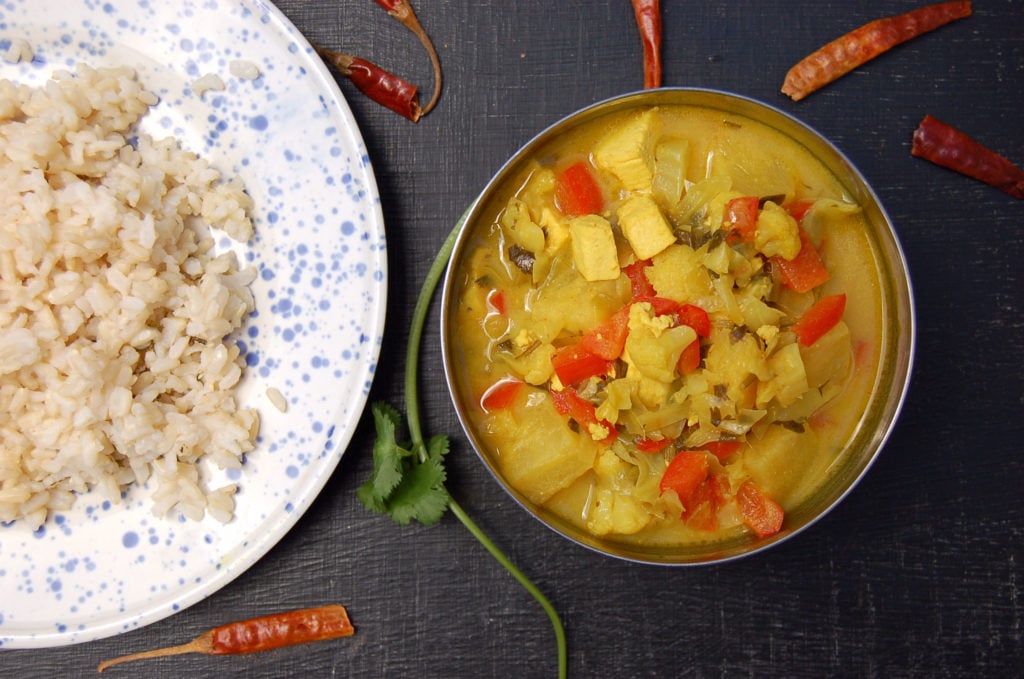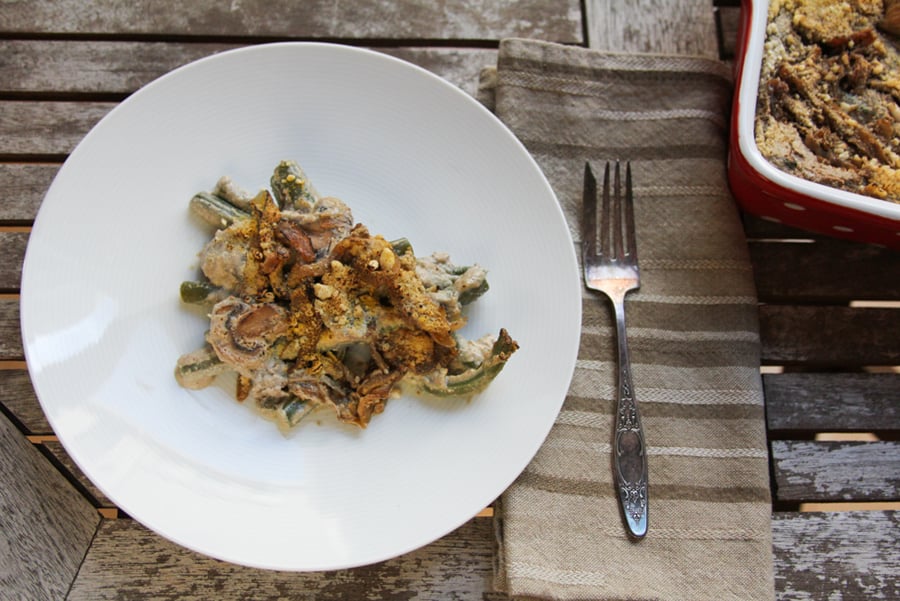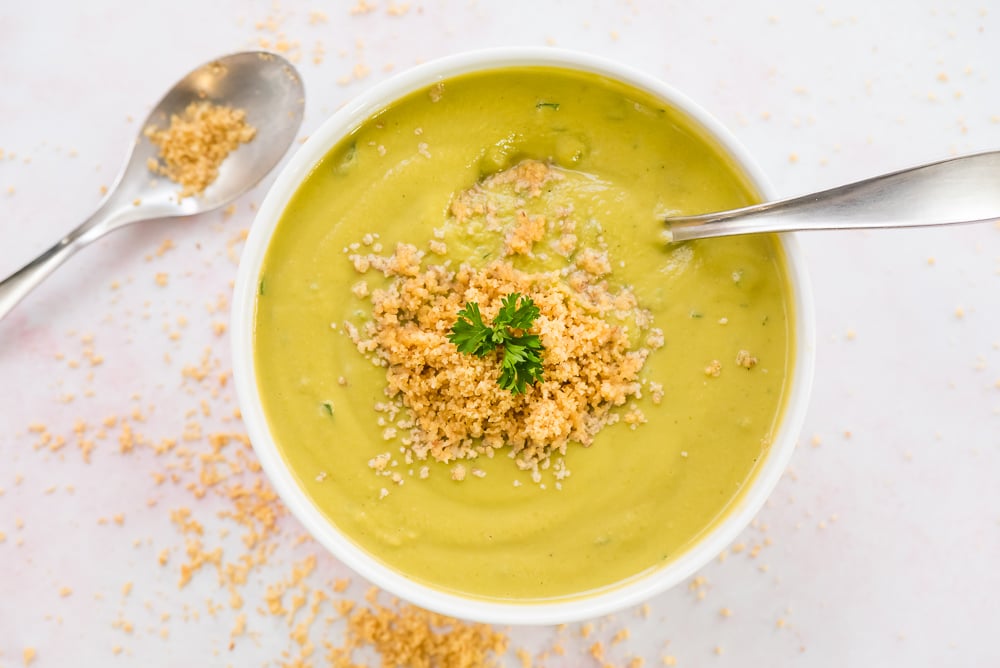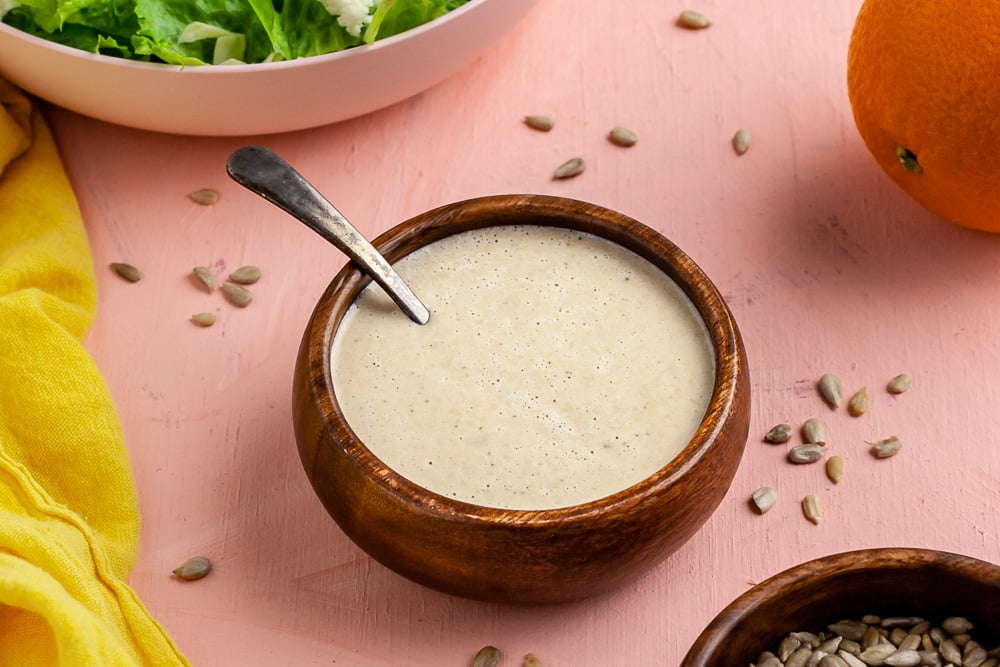Smoothies vs. Juices: What’s the Difference?

By Team Dirty - Brittany
Feb 29, 2024, Comments Off on Smoothies vs. Juices: What’s the Difference?
By Team Dirty - Brittany
Feb 29, 2024, Comments Off on Smoothies vs. Juices: What’s the Difference?
🧃Who’s on team juice and can go through nine cases of cucumbers in record time? Well, hello there, cucumber breath!
🥤Who’s on team smoothie and wants to be buried with their blender?
Once you reach a certain age, you actually pay attention to what happens when you pulverize your plants (We didn’t say pants. Did you read that as pants? 😅).
Smoothies and juices both have their place, and although they aren’t miracles to stop the bullshit of life, drinking juices and smoothies are excellent ways to get a wide variety of pants plants in your diet. But what’s the difference between smoothies and juices? Is one better than the other? Both offer unique benefits, so let’s break it down.

Nutrient diversity
Plants are excellent sources of nutrients, phytochemicals, antioxidants, and fiber, all of which help your body perform at its peak. Some plants are more rich in specific nutrients than others, like kale being high in vitamin A and oranges being high in vitamin C.
The easiest way to ensure your body gets all the nutrients it needs is by eating a wide range of whole plant foods. If you ate a lot of brown rice last week, switch up your grain this week to quinoa or buckwheat. If you’re using romaine for your salad today, use arugula tomorrow.
Because we only eat so many meals a day, it can be challenging to include as much variety as we’d like. That’s where incorporating juices or smoothies into your routine becomes a game-changer. Both methods allow us to quickly consume several different fruits and/or veggies at once. Plus, they’re tasty and can be downright fun to make.

Smoothies
Blending fruits and veggies, AKA making smoothies, involves combining whole fruits and vegetables, including their fiber, into a thick, drinkable mixture.
Blenders 101
There are two main types of blenders on the market, and both have pros and cons.
Low-speed blenders: These blenders are the most common and likely what you had in your house growing up. They’re more affordable and work well for most basic applications. They typically blend smoothies well enough, although it may take a little longer to break up large chunks of fruit or veggies.
High-speed blenders: These are more expensive and include brands like Vitamix* and Blendtec. They pack serious power and make quick work of most recipes. They’re also more versatile than lower-speed models and can grind dry ingredients into fine powders and cook the soup or sauce they’re blending.
If you’re in the market for a blender, read this guide to help you decide which blender is right for you.
Advantages of smoothies
What’s to love about smoothies?
- Fiber: Blending preserves the fiber content of fruits and vegetables, which means we get all the benefits it provides.
- Sustained energy: The fiber in smoothies helps regulate blood sugar levels, providing a longer-lasting source of energy.
- Versatility: Smoothies offer endless possibilities and are incredibly flexible, allowing for creativity in recipes. Additionally, we can add things like seeds and nut butters to our smoothies for even more nutrient diversity.
- Longer shelf life: Blended smoothies can be stored in the refrigerator for up to two days, offering convenience.
Disadvantages of smoothies
Sounds great! Anything to keep in mind?
- Potential for calorie-dense creations: Because it’s so easy to pack in many different ingredients, smoothies can become calorie-dense. This can be beneficial if you’re looking to increase your calorie intake, but if not, being mindful of the ingredients and their quantity is recommended.
- Less concentrated nutrients: While still nutritious, blended smoothies tend to have nutrient concentrations more in line with whole fruits or veggies compared to juices.

Juicing
Juicing involves extracting liquid from fruits and vegetables by removing most of the fiber using a juicer.
Juicers 101
There are a few different types of juicers, ranging from relatively cheap to downright expensive. The two most common types are centrifugal and masticating.
Centrifugal: These juicers use fast-spinning blades to chop and mash the produce against a fine filter, which separates the fiber (or pulp) from the juice. A spout on the side allows the juice to flow out and into a container.
They’re typically quite fast, simple to set up, relatively easy to clean, and are often on the lower end of the price range. They’re excellent for people new to juicing or who won’t be using theirs enough to justify a pricier purchase.
However, centrifugal juicers aren’t always super efficient and can leave valuable juice trapped inside the pulp. Also, the heat generated by the fast blades can speed up nutrient oxidation, so it’s best to drink the juice within half an hour.
Masticating: Also called “cold press” juicers, these models slowly crush and squeeze the produce to extract the juice from the fiber.
The slower, non-heat-generating process produces excellent-quality juice with more intact nutrients that stay fresher longer (how long depends on the juicer, but it’s typically always best to drink any juice as soon as possible, with 24 hours being the max). They’re also more efficient, waste less juice, and are typically quieter than centrifugal models. Some masticating juicers can be used to make other things like sorbets, nut butter, or nut milk. If you’re a dedicated juicer or the quality of the nutrients is a priority for you, these are a good choice.
The downside to masticating juicers is that they’re typically difficult to take apart and clean, and have a higher price tag.
Advantages of juicing
So what’s so great about juices? Why should I incorporate them into my diet?
- High nutrient concentration: Juicing concentrates the vitamins, minerals, and antioxidants present in produce, offering a potent shot of nutrition.
- Quick absorption: With fiber removed, nutrients are swiftly absorbed into the bloodstream, providing a rapid boost of energy and delivering nutrients directly to your cells.
- Detoxification: Your body is perfectly capable of detoxifying itself, but we can support it by fueling our cells with powerful nutrients like phytochemicals and antioxidants to help the body do what it does best.
Stop junk food cravings and glow from the inside out with our 3-day juice fast.
Disadvantages of juicing
Is there a catch? Why isn’t everyone juicing all the time?
- Lack of fiber: Fiber is important and helps provide a feeling of satiation. It also helps us process sugar without blood sugar spikes—juicing strips most of the fiber from fruits and vegetables.
- High sugar content: Juices can be high in natural sugars, and with the fiber removed, these can lead to spikes in blood sugar levels. We recommend juicing mainly vegetables and sticking to less sweet fruits like green apples, pears, lemons, and limes. People who are watching their blood sugar levels should be cautious when juicing.
- Expense and waste: Juicing requires a significant amount of produce, which can be costly, and generates pulp waste. There are ways to use the pulp, but only some have the time or the resources to do that.
- Short fridge life: Fresh juices must be consumed within a relatively short period of time to gain maximum benefits.

So, which is better? Making smoothies or juicing those beautiful plants?
Ultimately, the question of smoothies vs. juices depends on your preferences and health goals. Juicing offers a concentrated nutrient punch, while smoothies provide satiety and can step in when you need calories fast. We like to incorporate both methods and believe each has its place in a balanced plant-based diet.

Tips for healthy smoothies
Smoothies are a little more flexible than juices, but we like to do the following:
- Add seeds: We love to add chia, flax, or hemp seeds to smoothies for extra fiber and nutrients. They’re most bio-available when they’re pre-ground. You can purchase them whole, then grind them in small batches in a dry blender, and store in the fridge.
- Spinach is your friend: They’re excellent for you, but not everyone loves the flavor of dark leafy greens. If this is you, then reach for the spinach. Its mild flavor often disappears entirely in smoothies, giving you all the benefits without any of the bitterness.
- More protein: If you’re concerned about protein, using soy or pea milk for your smoothie base or adding peanut butter can help.
- Bulk it up: If you need to up the calorie density or the healthy fats you’re eating, nut or seed butters or avocados are great additions.
- Get creative: Smoothies are excellent to experiment with. Try adding tofu, cooked sweet potato, zucchini, celery, or even cooked beans. Even if you don’t like what you make, it’s often pretty simple to sweeten it up (add more fruit or a dash of maple syrup).
Stop junk food cravings and glow from the inside out with our 3-day juice fast.

Tips for healthy juices
When making juices, we like to keep a few guidelines in mind:
- Prioritize vegetables: Because juices include no fiber to help our bodies manage the sugar content, we like to use vegetables, like celery, cucumber, bell pepper, romaine, dark leafy greens, beets, carrot, ginger, turmeric, etc primarily.
- Some veggies are juicier than others: Vegetables that contain a lot of water, like carrots, celery, cucumbers, etc., tend to produce the most juice, so you’ll want to use at least one of these juicier veggies to make up the bulk of each juice. Note: Carrots have a relatively higher sugar content than other veggies, so people with insulin resistance issues will need to keep this in mind.
- Stick to low-sugar fruits: Adding one or two pieces of fruit to a juice can help sweeten it, especially if you don’t love the flavor of green juices, but stick to less sweet options like green apples or pears.
- Switch it up: If you’re making juices regularly, remember that the key to nutrient diversity is consuming a wide variety of plants. Don’t always use the same ingredients in the same concentrations.
- Prep ingredients first: This helps things go quickly once you get started.
- Create juice kits: When you find a juice you love, do your future self a favor by putting the washed ingredients together in a bag or bowl so you have everything on hand when you’re ready to juice.
- What not to juice: Skip soft fruits and veggies like avocados, bananas, mushrooms, and eggplant.
You’re in control when choosing smoothies vs. juices
In the smoothies vs. juices debate, there’s no right answer. Both methods offer distinct advantages and help you incorporate a variety of fruits and vegetables into your diet. We think there’s a place for nutrient-packed juices and fiber-rich smoothies in a balanced plant-based diet. What you choose depends on your wellness goals and individual preferences. After all, harnessing the power of plants is about nourishing both body and soul.
Wishing you lots of tasty, soul-nourishing juices and smoothies.
Xo
Team Dirty
Dive deeper
- How to Juice Without a Juicer (Blender Method)
- Juicer-less Green Juice recipe
- View all our free dairy-free plant based smoothie recipes
- Get the deets on the upcoming Dirty Glow Mini Juice Fast
* Notates affiliate link where we get a pinch of commission if you purchase from the link. Thank you for supporting Clean Food Dirty Girl.
You may also enjoy...
Love the food that loves you back
Get instant access to thousands of plant-based recipes and meal plans, no credit card or perfection required.













